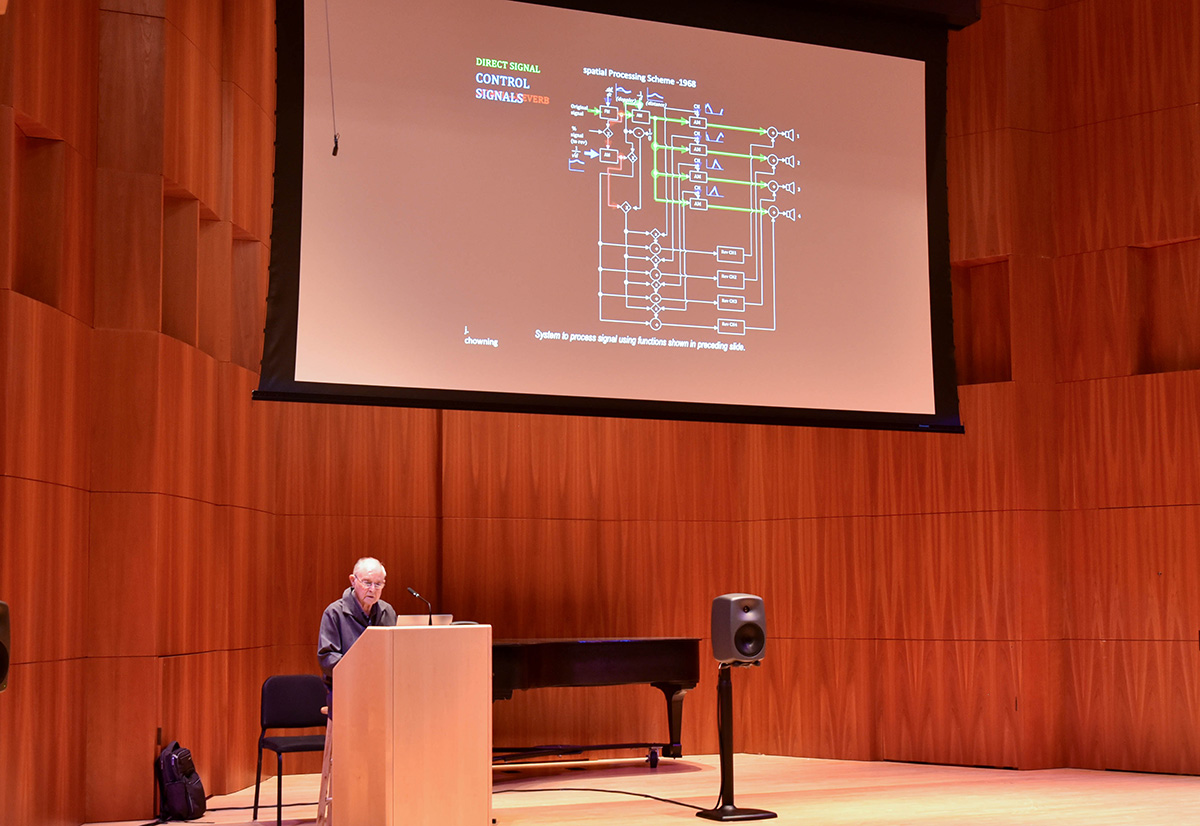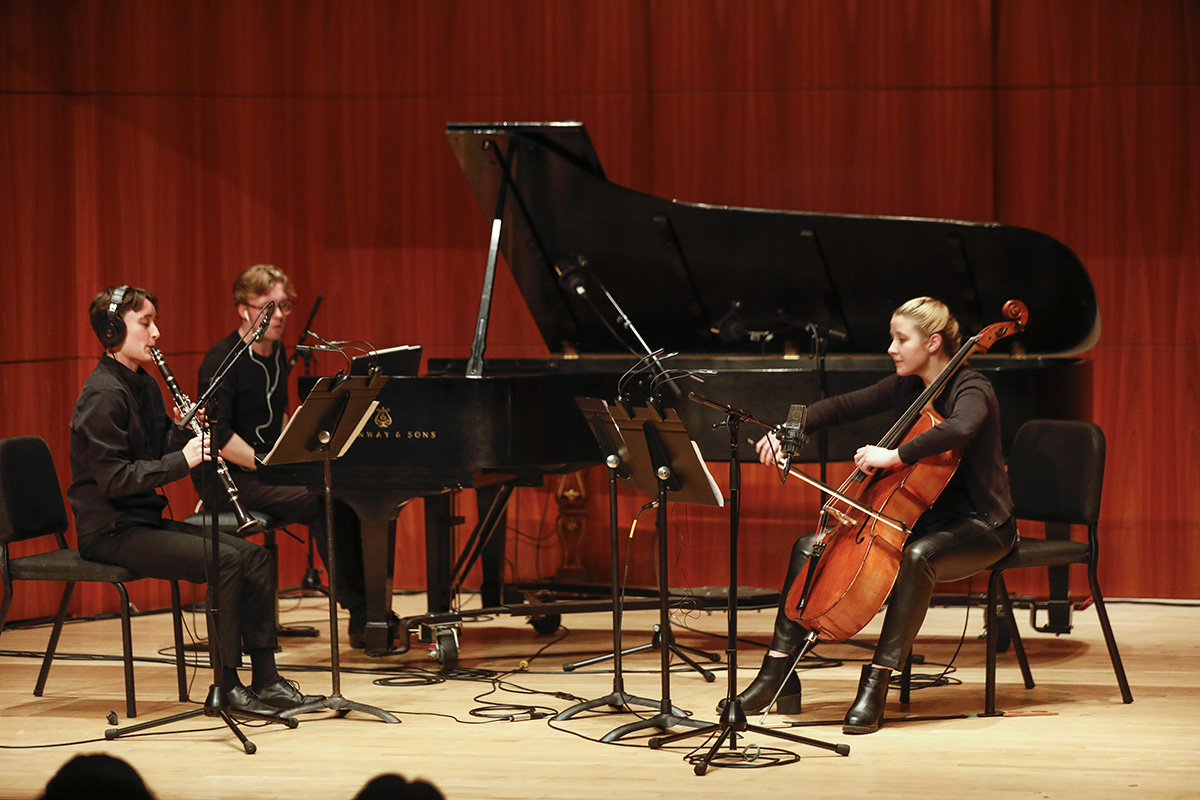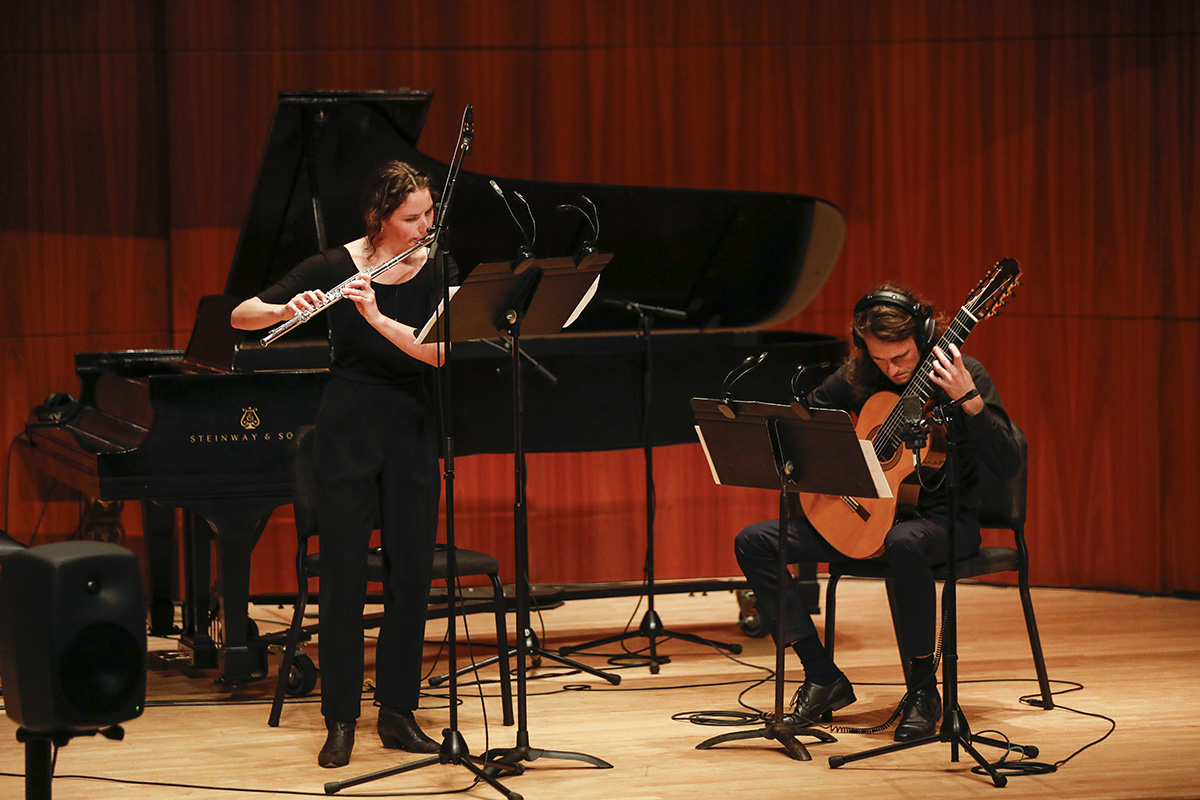EMuSE builds on the strong tradition of the studio as a creative space in which technology empowers new paths of expression for compositional and performative imagination. EMuSE will foster musical expression occurring at the intersection of contemporary music composition, instrumental/vocal performance, and technology.
Electroacoustic Music Studios @ Eastman (EMuSE)
About

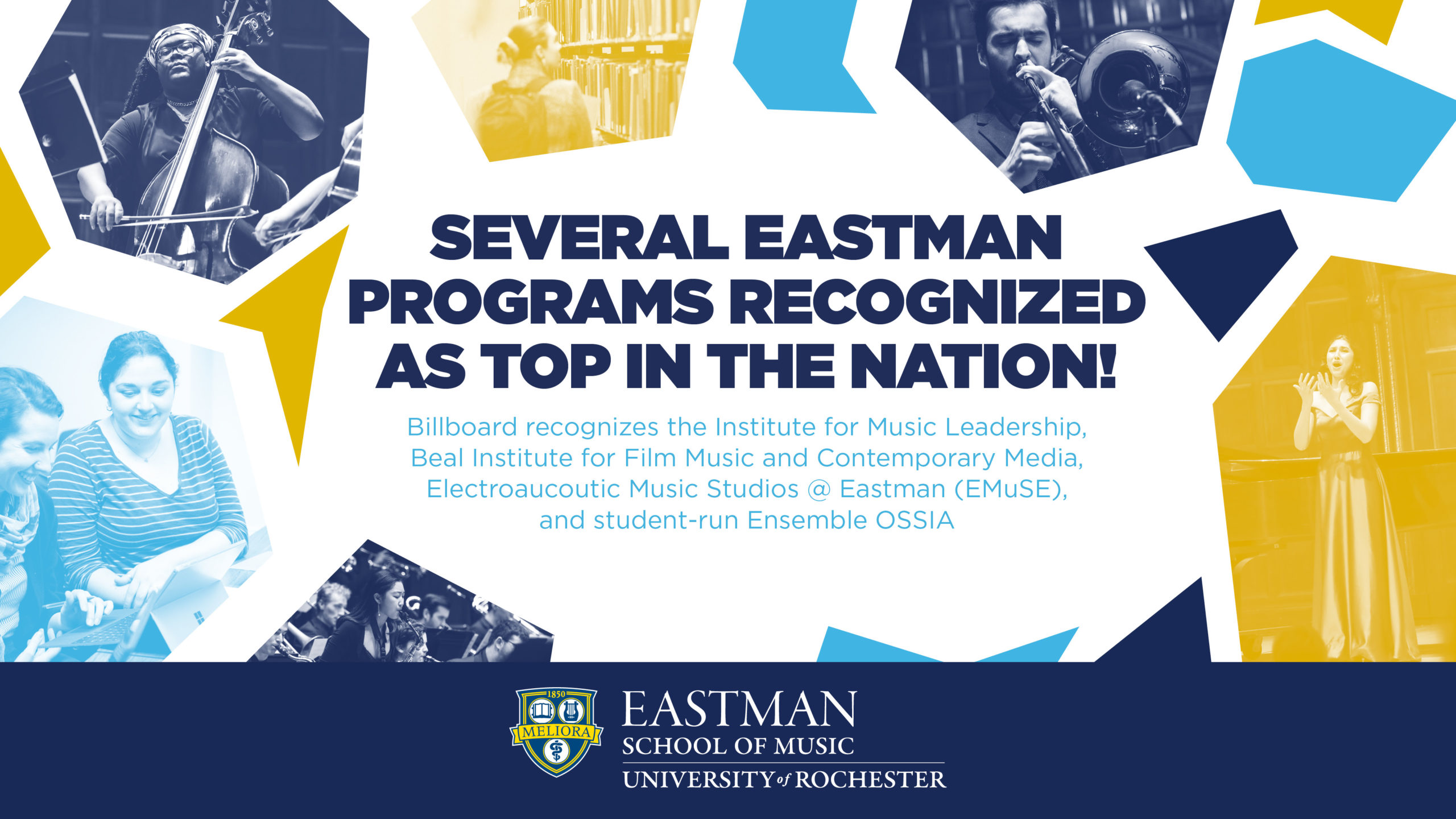
Program Director
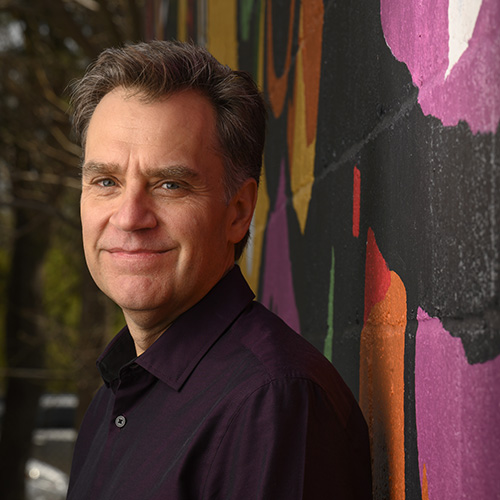
Dr. Mikel Kuehn
EMuSE builds on the strong tradition of the studio as a creative space in which technology empowers new paths of expression for compositional and performative imagination.
“Building on the outstanding talents of Eastman students, EMuSE will foster musical expression occurring at the intersection of contemporary music composition, instrumental/vocal performance, and technology,” says Kuehn. “Areas of focus will include audio synthesis techniques, computer assisted composition, creative coding, digital signal processing, sound design, and spatialization.”
– Mikel Kuehn, Director of EMuSE, Professor of Composition
Concerts
EMuSE concerts will feature new compositions by prominent guest artists and students alongside historical works. Additionally, Eastman performers will have the opportunity to learn about music technology for concert production, potentially unlocking a world of new repertoire.
Spring 2024
EMuSE with Kyong Mee Choi
THURSDAY, MARCH 7 | 3:30-5:00 PM
Composition Symposium (ESM 209)
Kyong Mee Choi discusses her music.
Kyong Mee Choi, guest composer
THURSDAY, MARCH 7 | 7:30 PM
Hatch Recital Hall
Robert Morris Portrait Concert, Robert Morris guest composer
THURSDAY, APRIL 11 | 7:30 PM
Hatch Recital Hall
Fall 2023
EMuSE with João Pedro Oliveira
THURSDAY, SEPTEMBER 21 | 3:30-5:00PM
Composition Symposium (ESM 209)
João Pedro Oliveira discusses his music.
FRIDAY, SEPTEMBER 22 | 4:00-5:30pm
Theory Colloquium (ESM 305)
João Pedro Oliveira discusses the intersection of electroacoustic music and semiotics.
SATURDAY, SEPTEMBER 23 | 7:30 PM
Hatch Recital Hall
*Howard Hanson Visiting Professor Concert
EMuSE with John Chowning
WEDNESDAY, SEPTEMBER 27 | 12:00-1:00pm
Chowning Lecture at the ECE/AME Seminar (Wegmans 1400)
10th-anniversary celebration of the University of Rochester’s Audio and Music Engineering (AME) program.
THURSDAY, SEPTEMBER 28 | 3:30-5:00pm
Composition Symposium (ESM 209)
John Chowning discusses his music.
John Chowning Portrait Concert, John Chowning guest composer
THURSDAY, SEPTEMBER 28 | 7:30 PM
Hatch Recital Hall
“John Chowning Portrait Concert featuring his groundbreaking works Sabelithe (1971), Turenas (1972), Stria (1977), and Phonē (1981) in their original multi-channel format.” A visionary in the field of electronic music, John Chowning invented FM synthesis and set up one of the world’s most influential research centres.
EMuSE with Jon Christopher Nelson
THURSDAY, NOVEMBER 2 | 3:30-5:00PM
Composition Symposium (ESM 209)
Jon Christopher Nelson discusses his music.
Jon Christopher Nelson, guest composer
Shannon Reilly ’16E, ’18E (MM), guest performer (violin)
THURSDAY, NOVEMBER 2 | 7:30 PM
Hatch Recital Hall
Areas of Focus
Areas of focus will include audio synthesis techniques, computer assisted composition, creative coding, digital signal processing, sound design, and spatialization.
Background
The Eastman Audio Research Studio (EARS) emerged from the Eastman Computer Music Center, founded by Allan Schindler in 1981, as a platform for research, experimentation and realization of new music and sound art at the Eastman School of Music. Eastman rebranded EARS to the Electroacoustic Music Studios @ Eastman (EMuSE) in 2023, with the appointment of composer Dr. Mikel Kuehn ’93E (MA), ’95E (PhD) as director of the program. Kuehn also serves as Professor of Composition at Eastman.
Quick Links
